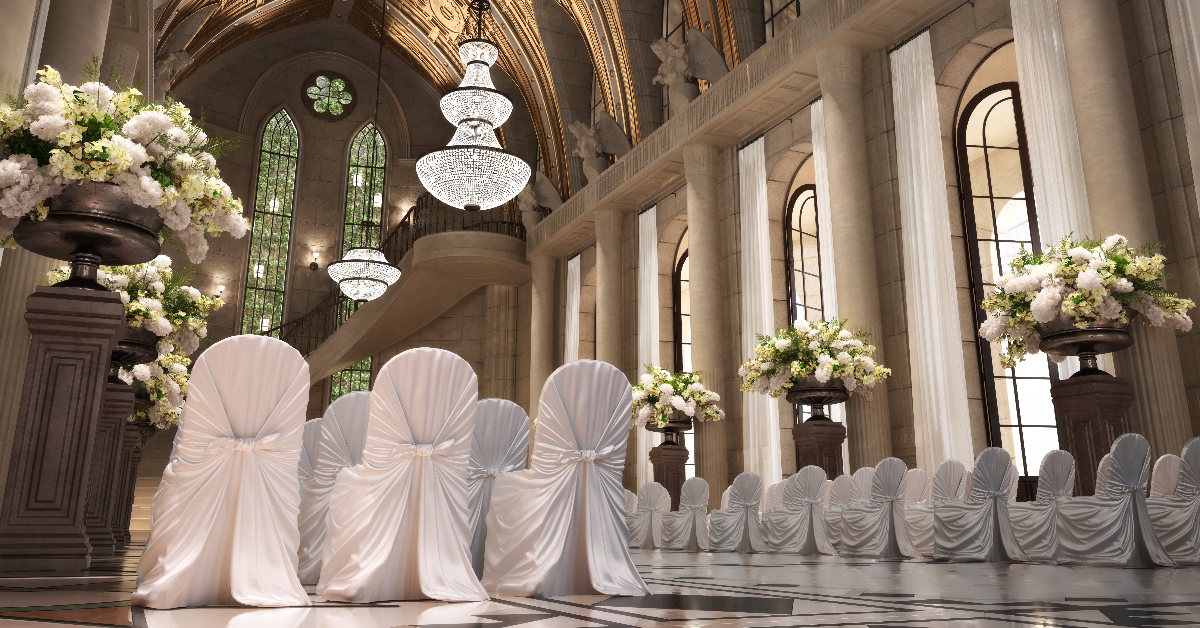AuthorWritten on behalf of Le Pavillon at Parc Lafayette, Reception Halls in Lafayette LA. The walk down the aisle is undoubtedly one of the most cherished moments of a wedding ceremony. However, it's important to consider the order and involvement of other significant individuals who make their grand entrance. Le Pavillon at Parc Lafayette - Reception Halls in Lafayette LA, offers the following information for your consideration. The wedding processional entails a group of people walking down the aisle in a specific sequence to signify the commencement of the ceremony. Depending on the type of religious wedding service, the participants and their seating arrangements may vary. Hindu and Jewish ceremonies, for example, involve more family members compared to traditional or nondenominational ceremonies. In Jewish weddings, both grandparents of the couple walk down the aisle, while Hindu weddings often include more active participation of the parents, who even sit under the traditional mandap. To ensure a smooth bridal march, it's essential to understand the processional order for different types of weddings. Here is a breakdown of the traditional processional orders for various ceremonies: Traditional Christian Wedding Processional Order:
Traditional Jewish Wedding Processional Order:
Traditional Hindu Wedding Processional Order:
Nondenominational Wedding Processional Order:
When does the wedding processional take place? The wedding processional serves as the opening of the nuptial ceremony. Once all essential wedding party attendants have walked the aisle, the ceremony begins. Need help planning your wedding in Lafayette La?Call on Le Pavillon at Parc Lafayette. Their professional wedding coordinators are dedicated to making your special day a truly unforgettable experience. With expertise and attention to detail, they ensure that every aspect of your wedding and reception is flawlessly executed. From the initial planning stages to the final moments of your celebration, the coordinators at Le Pavillon work closely with you to bring your vision to life. They offer personalized guidance, helping you select the perfect reception hall that suits your style and accommodates your guest count. With their extensive knowledge of Lafayette, LA, they can recommend local vendors, provide creative décor ideas, and assist with menu planning. Their goal is to alleviate any stress associated with wedding planning, allowing you to focus on cherishing every moment of your special day. TAGS & RELATED PAGES: Your guide to the Wedding Processional, Reception Halls in Lafayette La, Wedding Venues, Wedding Halls
0 Comments
Leave a Reply. |
AuthorUseful wedding and special event planning information. Archives
May 2024
Categories |
Le Pavillon Reception Venues & Meeting Spaces in Lafayette, Louisiana
IMPORTANT LINKS |
OUR ADDRESS
|


 RSS Feed
RSS Feed